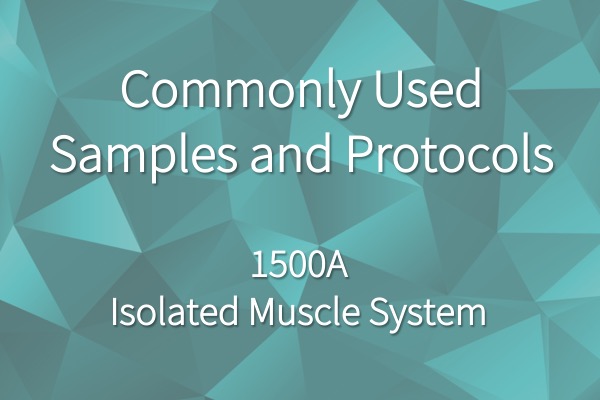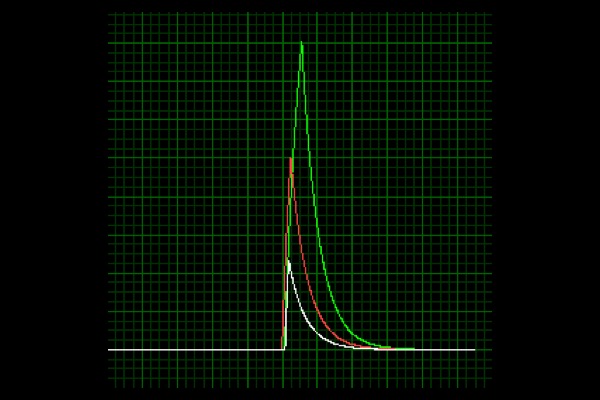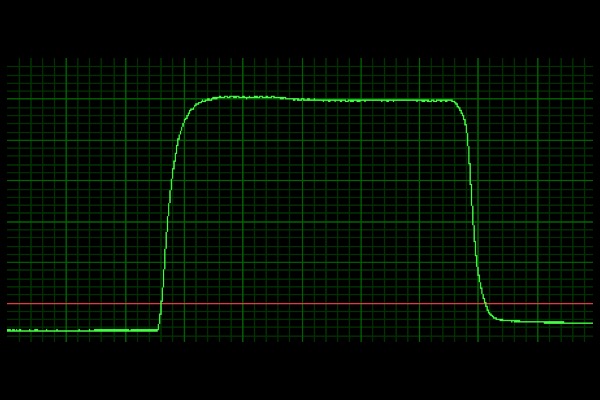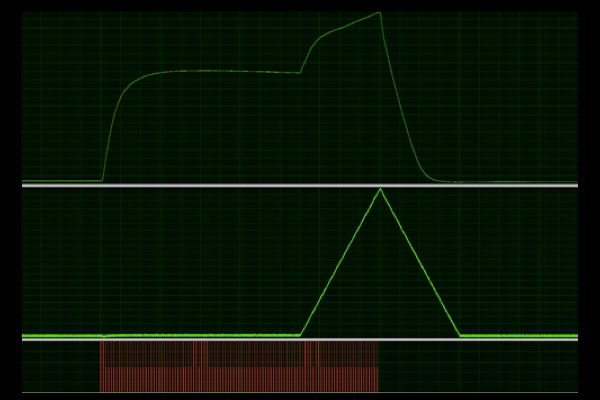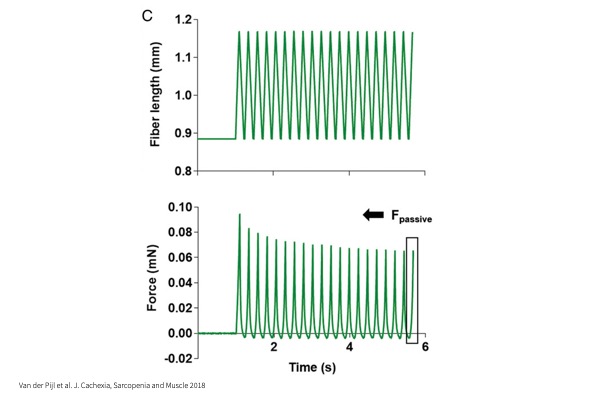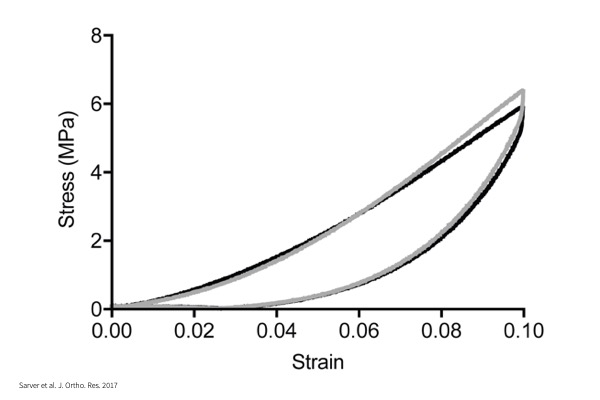Aurora Scientific offers several different test systems to evaluate the various structural levels of muscle. However, there are many examples of these systems being used for other types of compliant tissues and materials. Most of these systems are able to work with a multitude of different samples and perform a wide array of experiments.
This blog is meant to be a quick, comprehensive guide to what research has been done with the 1500A/1510A/1530A Small Intact Isolated Muscle System and a primer for anyone searching for the most appropriate muscle test system based on their specific research objectives.
This blog is part of a collection – click below to view other guides by system type:
1200A/1205A Isolated Muscle Systems for Mice and Rats
1300A/1305A/1310A Whole Animals Systems for Mice, Rats, Dogs, Pigs and Other Large Animals
1400A/1405A/1410A/1415A Permeabilized Fiber System
1600A – Permeabilized Myocyte System
1500A/1510A/1530A Small Intact Isolated Muscle System
The 1500A series is the most flexible system in terms of what types of samples it can work with. This system has a small horizontal bath intended for any small skeletal muscles, cardiac and smooth muscle strips, as well as intact single fibers and small bundles. Mechanical measurements of artificially grown muscle constructs have also been performed with this system. The types of experiments that are performed with this system are similar to the 1200A and 1300A (in-vitro only) families, however, the 1500A provides additional features and complimentary experiments such as biofluorescence of the tissue as well as the potential to measure oxygen consumption during an experiment.
To download a chart of the information below, click here!
Common Samples:
Skeletal Muscle:
- Extensor Digitorum Longus (EDL)
- Soleus
- Plantaris
- Diaphragm
- Lumbricalis
- Engineered Constructs (iPSC-derived)
Cardiac Muscle:
- Small bundles or strips
- Commonly trabeculae or papillary muscle
- Engineered Constructs (iPSC-derived; sheets, bundles, rings)
Smooth Muscle:
- Single or small bundle of de-membranated fibers
- Any muscle can be tested
- Commonly bladder, colon, vaginal or vascular bundles or fibers
Artificial Muscle and Connective Tissue:
- Cartilage
- Epithelial
- Tendon
Biomaterials and Polymers:
- Dielectric Elastomer Actuators (EAPs)
- Electroactive Polymers
- Gels & Scaffolds
- Electrochemical Actuators
- Electrothermal Actuators
Common Experiments:
Twitch Force:
Single impulse designed to elicit contraction of a single or small number of muscle fibers within a bundle.
Tetanic Force:
Multiple electrical impulses in quick succession resulting in temporal summation and complete muscle contraction.
Force – Frequency:
Varying rates of stimulation frequencies to assess optimal frequency that elicits maximum tetanic force.
Fatigue:
Sub-maximal tetanic contraction repeated frequently to induce fatigue of the muscle.
Eccentric:
Active lengthening of muscle during isometric tetanic contraction to induce injury and assess resistance to injury or recovery from it.
Force-Velocity (shortening velocity):
Maximal muscle stimulation followed by a series of force clamps to a percentage of maximum force, allowing for measurement of shortening velocity.
Stiffness:
Passive sinusoidal lengthening and shortening of muscle to assess the inherent stiffness of the tissue.
Stress – Strain:
Incremental lengthening of tissue to calculate Young’s modulus of materials.
Active Force-Length (Frank-Starling):
Pacing cardiac tissue at a constant or varying frequency while incrementally lengthening the muscle to increase preload in order to assess the excitation-contractile mechanisms.

